Ultimate Guide to Fenbendazole 1.5g Bolus in Horses: Indications, Dosage & Side Effects
Among the various antiparasitic treatments available, Fenbendazole 1.5g Bolus stands out for its broad-spectrum efficacy, safety profile, and trusted use in equine practice worldwide. This blog offers a complete overview of its indications, mode of action, dosage, precautions, and scientific backing, giving horse owners and veterinarians everything they need to know.
What Is Fenbendazole?
Fenbendazole is a broad-spectrum benzimidazole anthelmintic (deworming medication) commonly used in veterinary medicine to eliminate a wide range of internal parasites in animals, including horses. It works by disrupting the energy metabolism of parasitic worms, leading to their death and removal from the gastrointestinal tract.
In equine care, Fenbendazole is effective against:
- Large and small strongyles
- Ascarids (roundworms)
- Pinworms
- Threadworms
- Encysted cyathostomes (with high-dose, multi-day therapy)
Fenbendazole is valued for its:
- High safety margin
- Low toxicity
- Suitability for foals, pregnant mares, and debilitated horses
It is available in various forms, including boluses, granules, pastes, and suspensions, allowing flexibility in administration based on the horse’s needs and preferences.
Indications: When to Use Fenbendazole 1.5g Bolus in Horses
Fenbendazole 1.5g Bolus is typically indicated for the treatment and control of the following:
1. Gastrointestinal Nematodes
These include:
- Strongylus vulgaris (large strongyles)
- Cyathostomes (small strongyles)
- Parascaris equorum (ascarids/roundworms)
- Oxyuris equi (pinworms)
- Strongyloides westeri
2. Migratory Larval Stages
- Fenbendazole can also treat migrating larvae of Strongylus species during larval stages (L3 and L4), reducing the risk of arterial damage.
3. Encysted Small Strongyles (Cyathostomes)
- A 5-day double-dose regimen is recommended for eliminating encysted larval stages, which are often resistant to other anthelmintics.
4. Foal Parasite Loads
- Effective and safe for foals with high Parascaris equorum
5. Rotational Deworming Programs
- Can be alternated with other anthelmintics to reduce resistance development.
Equine Deworming: Dosage Chart and Administration Tips
Successful parasite control in horses requires not just the right dewormer, but also precise dosing and proper administration techniques. Fenbendazole 1.5g Bolus offers broad-spectrum coverage when used correctly. Below are clear guidelines and tips to help you administer this medication effectively.
Weight-Based Dosage Chart for Fenbendazole 1.5g Bolus
| Horse Weight (kg) | Standard Dose (5 mg/kg) | Number of Boluses | High Dose (10 mg/kg) | Number of Boluses |
| 300 kg | 1500 mg | 1 bolus | 3000 mg | 2 boluses |
| 400 kg | 2000 mg | 1.3 boluses | 4000 mg | 2.7 boluses |
| 500 kg | 2500 mg | 1.7 boluses | 5000 mg | 3.3 boluses |
| 600 kg | 3000 mg | 2 boluses | 6000 mg | 4 boluses |
Note: When exact dosing is not possible using boluses alone, consider using fenbendazole granules or paste for precise adjustment.
Dosing Protocols
- Routine Deworming:
→ 5 mg/kg as a single dose - Heavy Parasite Load:
→ 10 mg/kg as a single higher dose (consult your vet first) - Encysted Cyathostomes (small strongyles):
→ 10 mg/kg daily for 5 consecutive days
Effective against adult and immature gastrointestinal nematodes, including strongyles, roundworms, and pinworms.
Best Practices for Administration
- Use an Equine Balling Gun
Place the bolus behind the tongue and administer with care to ensure full swallowing. - Avoid Crushing the Bolus
Crushing may reduce efficacy and increase side effect risks. - Observe After Dosing
Be vigilant for any choking, refusal to swallow, or digestive disturbances after administration.
Important Deworming Tips
- Rotate anthelmintics annually to avoid resistance.
- Conduct Fecal Egg Count (FEC) before and after deworming.
- Don’t deworm unnecessarily—targeted treatments based on parasite burden are more effective.
Mechanism of Action
Fenbendazole works by binding to tubulin, a protein necessary for cell structure and metabolism in parasites. This disrupts cellular processes, depletes energy stores, and leads to parasite death.
It is selectively toxic to parasites, meaning it does not harm the horse’s cells—making it a safe choice even in vulnerable equine populations.
Cautions and Potential Side Effects of Fenbendazole Treatment
Safety Profile
- Adult horses
- Foals over 6 weeks old
- Pregnant and lactating mares
- Older or immune-compromised horses
It is non-toxic when used at recommended doses and has been proven safe even at higher or repeated doses, especially during 5-day treatments for encysted larvae.
Precautions Before Use
While Fenbendazole is generally safe, the following precautions should be taken:
- Accurate Weight Estimation:
- Always calculate the correct dose based on the horse’s body weight to avoid under- or overdosing.
- Gradual Deworming in High Burden Cases:
- In horses with a heavy parasite load, sudden parasite kill-off can trigger mild colic or toxic shock. Consult a vet to plan staggered deworming if necessary.
- Fecal Egg Count (FEC):
- Conduct FEC before deworming to assess need and after treatment to evaluate effectiveness and potential resistance.
- Rotation with Other Drug Classes:
- To prevent resistance, rotate fenbendazole with other dewormer types such as ivermectin or pyrantel.
Possible Side Effects
Though rare, some horses may show minor, temporary reactions such as:
- Loose stool or mild diarrhea
- Decreased appetite
- Lethargy
- Mild abdominal discomfort (colic signs)
- In rare cases, hypersensitivity due to parasite die-off
These symptoms typically resolve on their own. Should any negative reactions persist or worsen, stop using the medication and reach out to a veterinarian immediately.
When to Avoid Use
- Avoid expired or improperly stored medication.
- Consult a vet before using in foals under 6 weeks of age.
Drug Interactions
There are no significant adverse interactions reported between fenbendazole and other commonly used equine medications. However, always inform your vet of any other ongoing treatments.
Veterinary Advice is Key
Although fenbendazole is available over the counter, its best results come when integrated into a targeted parasite control program supervised by a qualified veterinarian. This ensures:
- Effective deworming
- Proper resistance management
- Long-term health benefits for the horse
Deworming Schedule Recommendations
A rotational deworming schedule might include:
| Month | Dewormer Type |
| January | Ivermectin |
| April | Fenbendazole |
| July | Moxidectin |
| October | Pyrantel or Fenbendazole |
Fenbendazole is often recommended in spring when larval encystment peaks.
Empirical Studies and Clinical Evidence Supporting Fenbendazole 1.5g Bolus in Equine Treatment
Fenbendazole is one of the most widely researched benzimidazole anthelmintics used in equine parasite management. Its broad spectrum of activity and favorable safety profile have been validated through numerous clinical trials, field studies, and laboratory research.
1. Efficacy Against Gastrointestinal Parasites
Multiple peer-reviewed studies have confirmed the high efficacy of fenbendazole in reducing adult and larval stages of common equine parasites:
- A 2010 study published in Veterinary Parasitology demonstrated fenbendazole’s >95% efficacy against Strongylus vulgaris and Parascaris equorum in naturally infected horses after a single 5 mg/kg dose.
- Clinical trials have also shown its effectiveness against Oxyuris equi (pinworms), which can cause perianal irritation and discomfort in horses.
- Fenbendazole’s ability to target encysted cyathostome larvae, which are often resistant to other anthelmintics, was confirmed in a study by Reinemeyer et al. (2005). Their research demonstrated that a 10 mg/kg dose administered daily for five consecutive days could significantly reduce larval burdens and associated pathology.
2. Safety Profile and Tolerability
- Pregnant and Lactating Mares: Research published in the Journal of Equine Veterinary Science has shown no adverse effects on pregnancy or foal development when fenbendazole was administered during gestation.
- Foals and Young Horses: Studies confirm the safety of fenbendazole in foals as young as six weeks, making it an ideal choice for early parasite control.
- Geriatric and Compromised Horses: Due to its low systemic toxicity, fenbendazole is preferred in older or debilitated animals requiring gentle parasite management.
3. Mechanism of Action Confirmed by Laboratory Studies
Fenbendazole’s mechanism—binding to beta-tubulin and disrupting microtubule formation in parasites—has been elucidated through molecular studies. This selective toxicity underpins its efficacy and safety, as it targets parasite cells without harming the host.
4. Resistance and Monitoring
While fenbendazole resistance has emerged in some regions and parasite populations (especially small strongyles), research underscores the importance of integrated parasite management to maintain its effectiveness:
- Fecal egg count reduction tests (FECRT) are recommended to monitor resistance development.
- Rotational deworming programs incorporating fenbendazole alongside other anthelmintics reduce the selective pressure favoring resistance.
- Recent studies advocate for targeted selective treatment (TST), administering fenbendazole only to horses with significant parasite burdens based on FEC results.
5. Field Application and Veterinary Recommendations
Veterinarians worldwide continue to recommend fenbendazole due to its:
- Proven efficacy in field conditions
- Low incidence of side effects
Its role is critical in comprehensive parasite control programs aiming to improve equine health and performance while addressing the growing challenge of anthelmintic resistance.
Resistance Concerns
Like many anthelmintics, fenbendazole resistance has been reported, especially with overuse or improper dosing.
To Prevent Resistance:
- Perform regular fecal egg count (FEC) tests
- Use targeted deworming based on parasite load
- Rotate classes of dewormers
- Avoid underdosing
Conclusion
Fenbendazole 1.5g Bolus remains a cornerstone in equine parasite control, offering broad-spectrum efficacy, excellent safety, and adaptability for various treatment protocols. Whether used for routine deworming, managing heavy parasite loads, or targeting encysted strongyles, it consistently delivers reliable results when administered correctly. Its proven track record, supported by clinical research and field use, makes Fenbendazole a preferred choice for veterinarians and horse owners alike. When combined with regular fecal monitoring and strategic rotation, it helps preserve long-term efficacy and prevents the development of resistance. Its broad-spectrum activity, combined with a strong safety profile, makes it suitable for horses of all ages—including foals, pregnant mares, and older animals. Proper dosing and administration are crucial to maximize efficacy and minimize risks, especially in managing resistant parasites and encysted larvae.







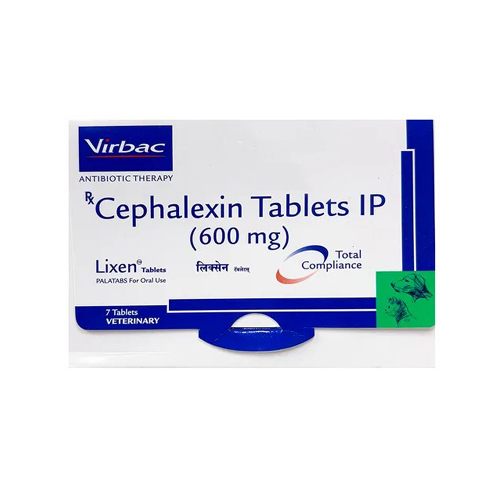
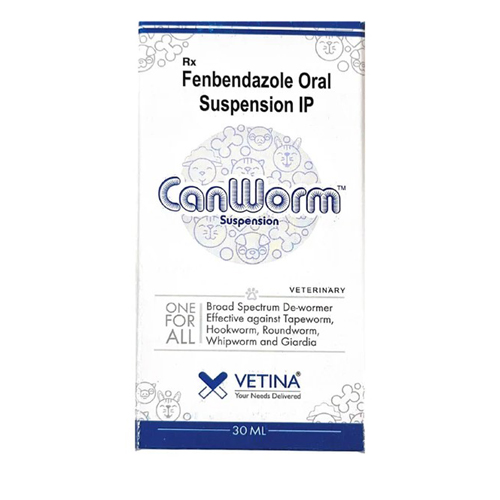



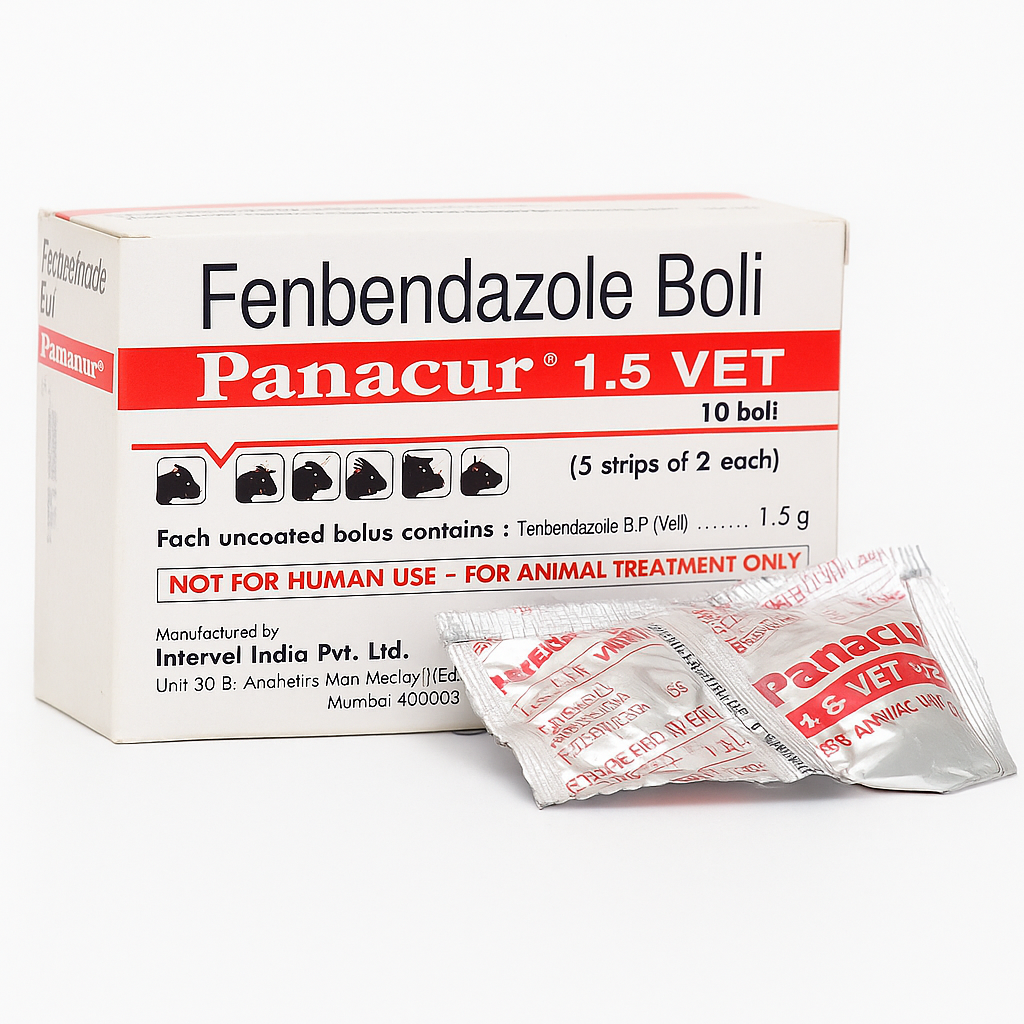
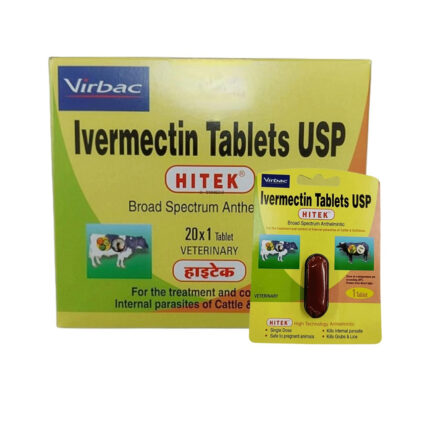
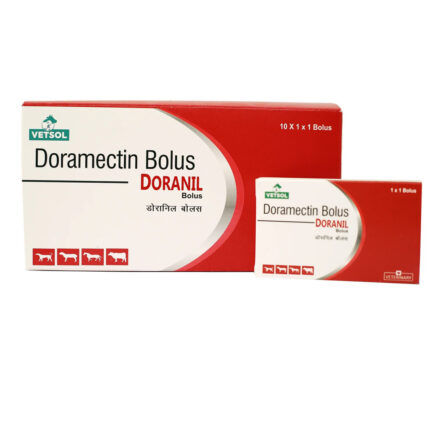
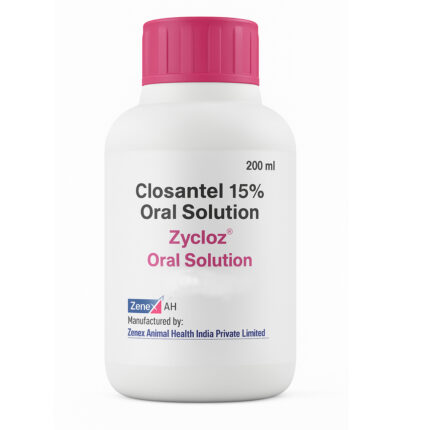
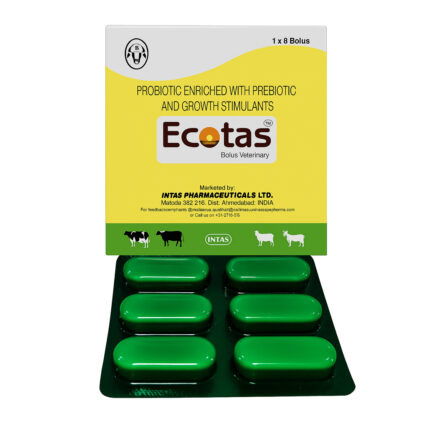
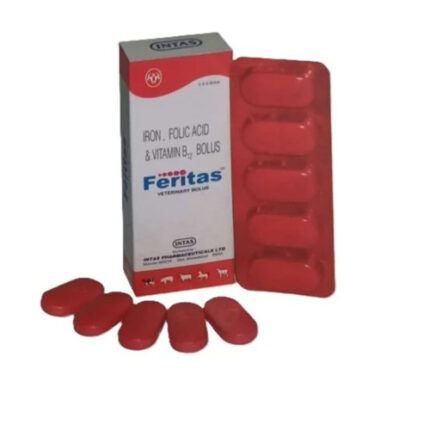
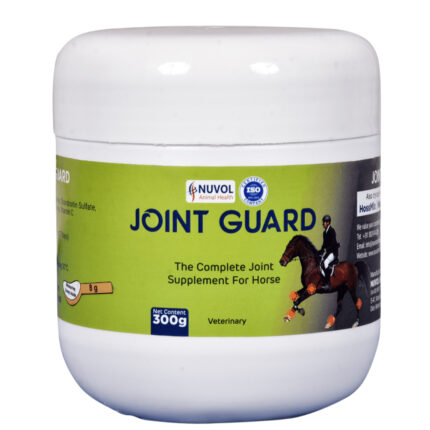
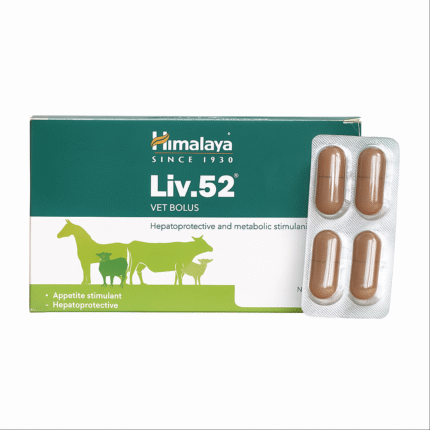
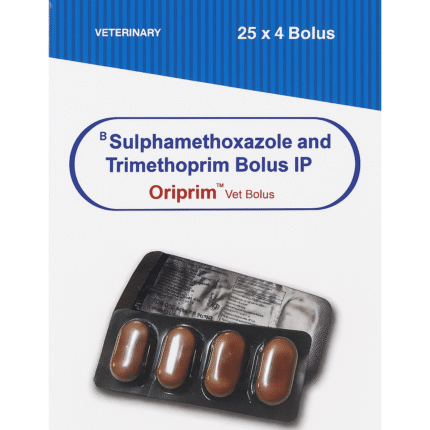
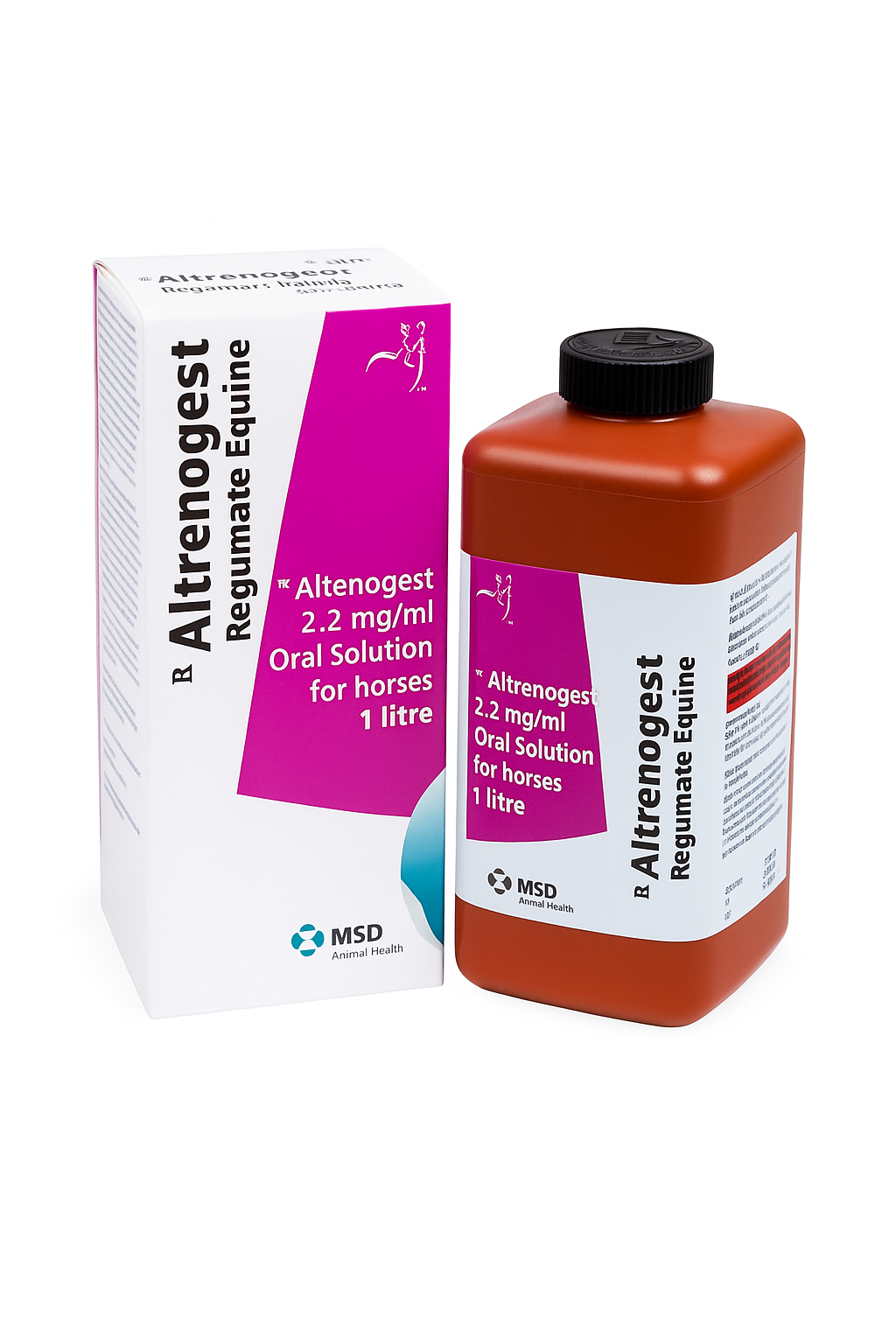
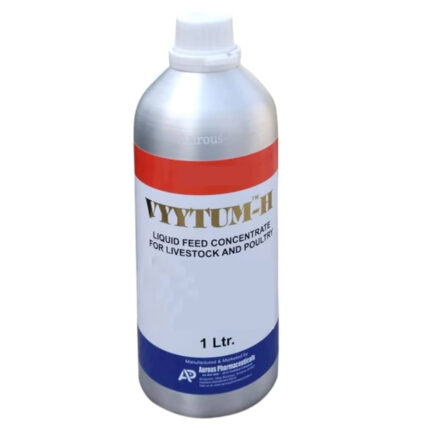
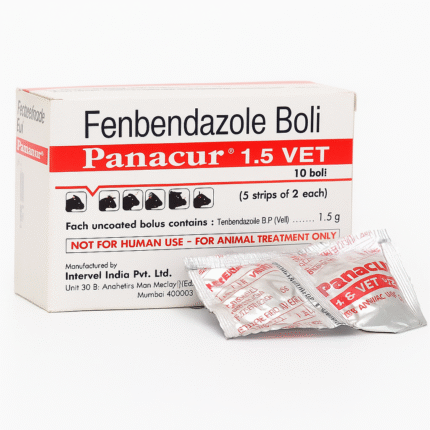
Reviews
There are no reviews yet.